




If you look at the tally summary sheets, you will note that the numbers of marsh birds continues to grow. The Marsh Wren has broken into double figures and the Seaside Sparrow and Saltmarsh Sharp-tailed Sparrow are not far behind.
Each visitor and volunteer fortunate enough to be present during the banding of one of these elusive marsh denizens has marveled at their remarkable, yet subtle, colorations and their adaptations to cope with wetland living. The toes of the Seaside are very long and strong; the Wren can wiggle through anything, including the mesh of the net upon occasion. And the Sharp-tail can run through the grass with amazing speed thanks to short wings, a short, pointed tail and long legs. Small wonder that so many birders have so few good looks at these species.
The small marsh adjoining the station receives new migrants periodically as the uplands do. Some days there is not a bird to be heard, seen or flushed in the marsh. The next morning it is full of new individuals moving along the coast headed for their wetland of choice in which to attempt to breed another generation. (Marsh Wrens actually breed in cattail marshes.) Will that wetland be in tact? And will there be other healthy wetlands in which to stop for the night to rest and refuel? Or will the chain be broken? Some believe the chain is weak for the Seaside and for Sharp-tails. They are each on brink of being listed as endangered or threatened species-recall that the non-migratory Dusky Seaside Sparrow of Florida is extinct and the Cape Sable Seaside of the Everglades has been profoundly endangered since the 1960s.
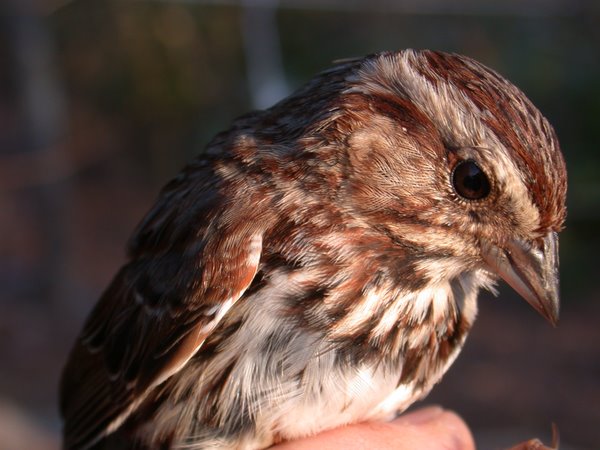
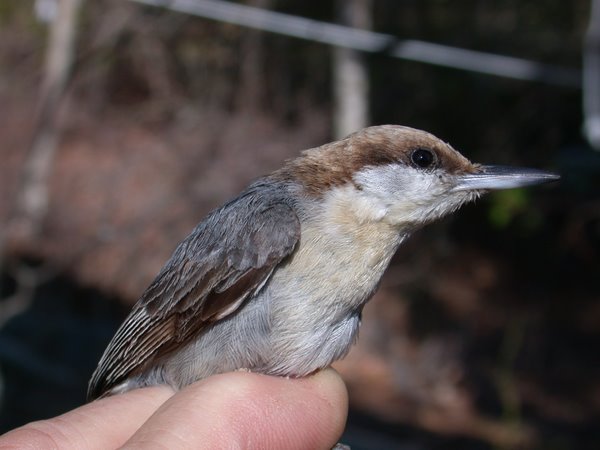
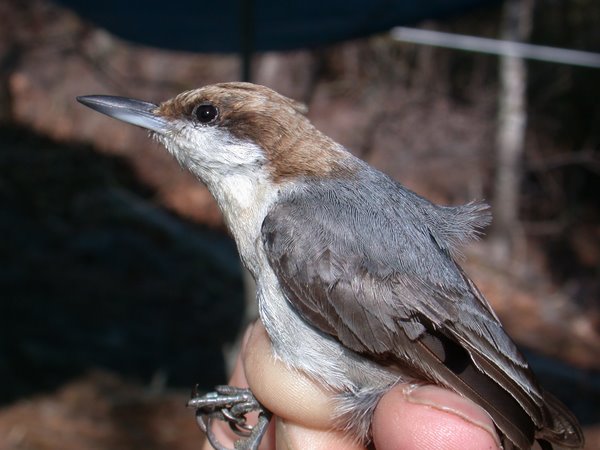
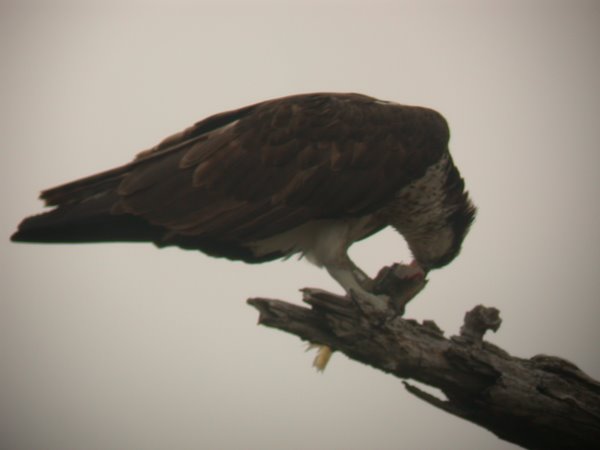


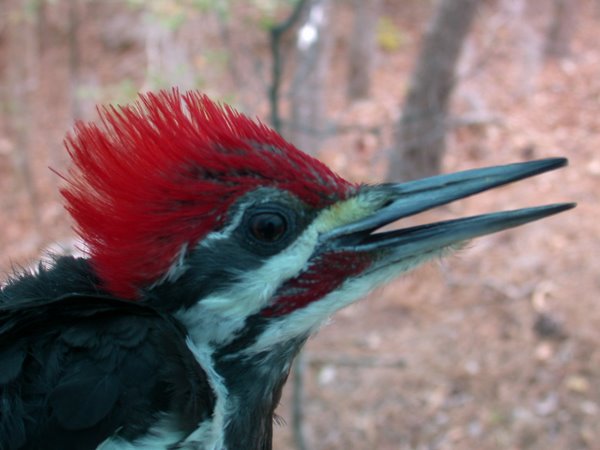
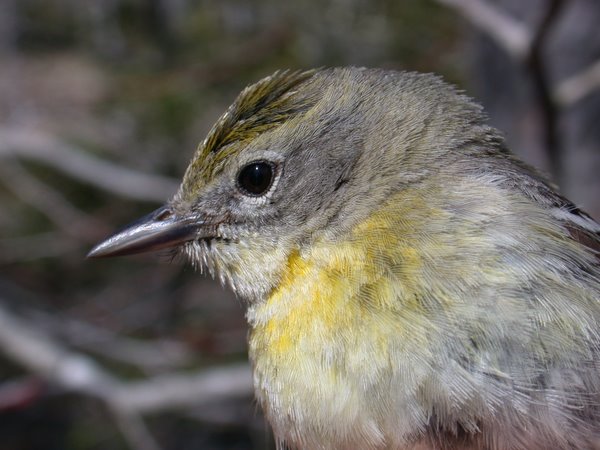
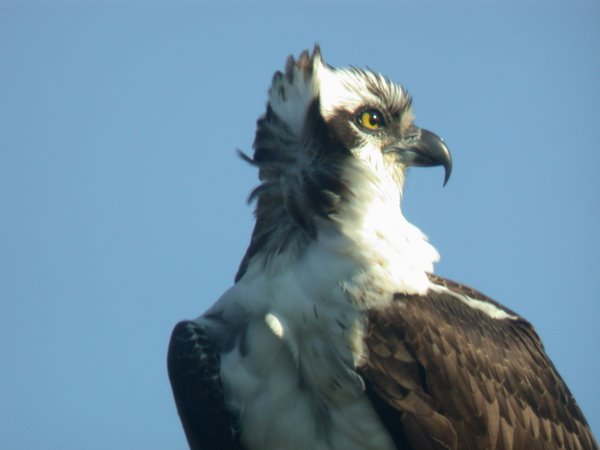
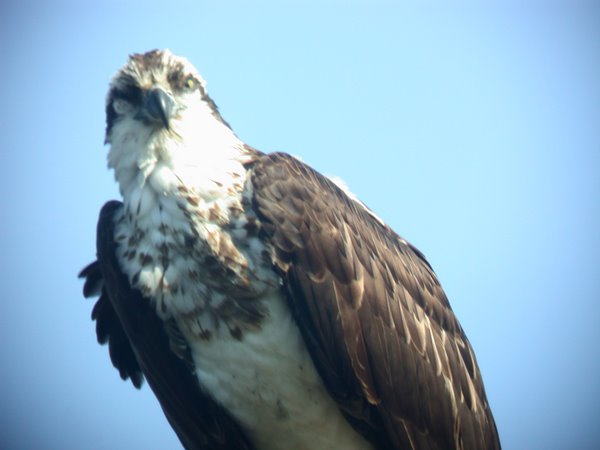
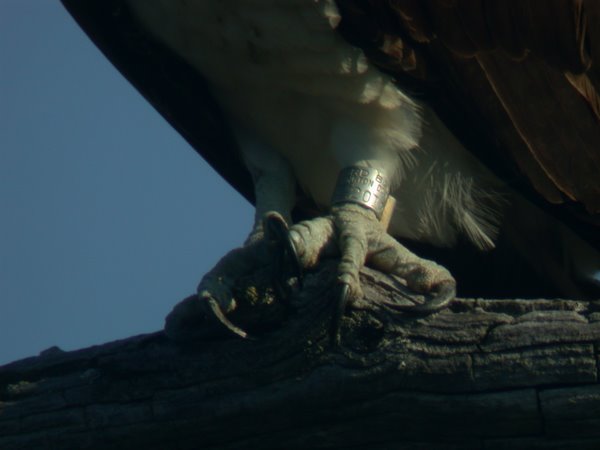
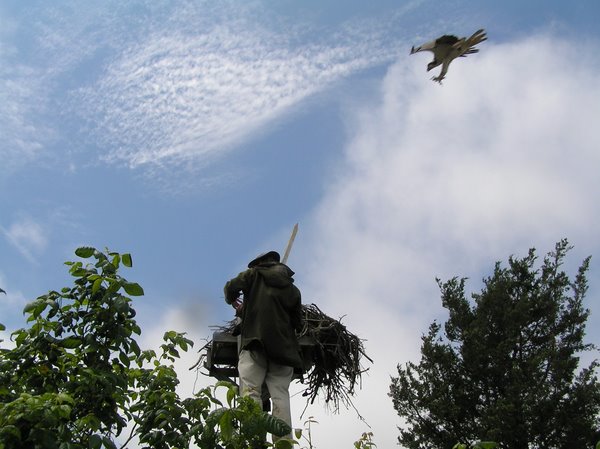

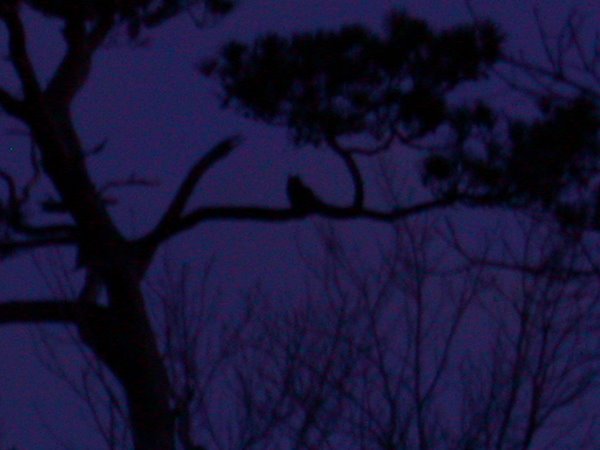



No comments:
Post a Comment